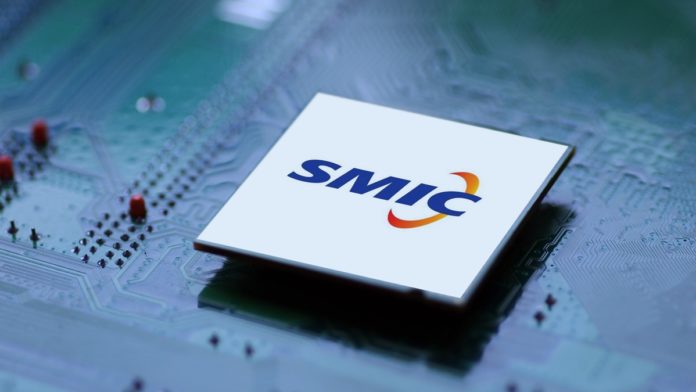
Chinese chip maker SMIC is reportedly developing high-performance chips to satisfy demand from troubled technology giant Huawei and other domestic companies.
China’s largest and most advanced semiconductor manufacturer is using foreign technology to achieve its goal, according to documents seen by Chinese news website Qweikejishou.
According to the report, some investors and firms including Huawei have asked SMIC to begin mass producing of next-generation chips.
Huawei is scouting for high-end fabricators to provide components for its smartphones and other devices after its main supplier, Taiwan’s TSMC, halted shipments when US sanctions were slapped on the Shenzhen-based tech giant.
The SMIC move will also China’s broader economic goals; it has decided to increase its chip self-sufficiency rate to 70% within five years, hastened by the White House measures, which bar American technology, such as that used by TSMC, from being incorporated into Chinese tech products.
But the domestic industry will need to hold core technology patents if it wishes to meet the stated goals. To that end, the government is aggressively hunting for talent in the field and has made that a top national priority.
SMIC is the most advanced and largest wafer foundry in mainland China and has the greatest international reach and operations. Founded by dissenters from TSMC, it has mastered production of 90nm, 28nm and 14nm chip standards. The first generation of 14nm technology has already entered the mass production stage.
But SMIC’s best products can’t compete with flagship rivals such as Qualcomm’s Snapdragon, and there is a huge gap between its 14nm products and TSMC’s 5nm standard. It will take time for SMIC to enter the level of high-end foundry chip manufacturing.
The tech website claims the documents who SMIC’s 14nm chips can already meet most of the technology industry’s daily production needs for microchips. SMIC stated that the second-generation FinFET technology platform has also entered the customer introduction stage and is simultaneously developing next-generation process technologies.
According to information disclosed by SMIC chief executive Liang Mengsong, the N+1 process has 20 times higher performance than 14nm, power consumption has been reduced by 7%, and its size cut by 63%. This kind of process is equivalent to 8nm technology and SMIC expects to enter small-batch production of format by the end of the year.
The advantage of the new product lies in its lower costs and the craftsmanship that has gone into developing the chip is “on the next level”. According to SMIC’s N+1 process, 8nm can be produced without a photolithography machine.
Reducing the dependence on lithography machines is of great significance to independent research and the development of process technology. It will bring SMIC closer to producing mainstream 7nm technology and at that level will become the third-largest foundry in the world, second only to Samsung and TSMC.
SMIC will be the fourth company to enter the 10nm-and-lower process market and could join Samsung, TSMC and Intel in the future “top players” list, the report states.
But SMIC has some time before that happens. Upgrading its process technology to 8nm won’t happen overnight. Reports suggest it will begin trial production at the end of this year but mass production will take much longer.
While some have questioned how SMIC can produce 8nm without a lithography machine the report concedes “nothing is absolute”.










